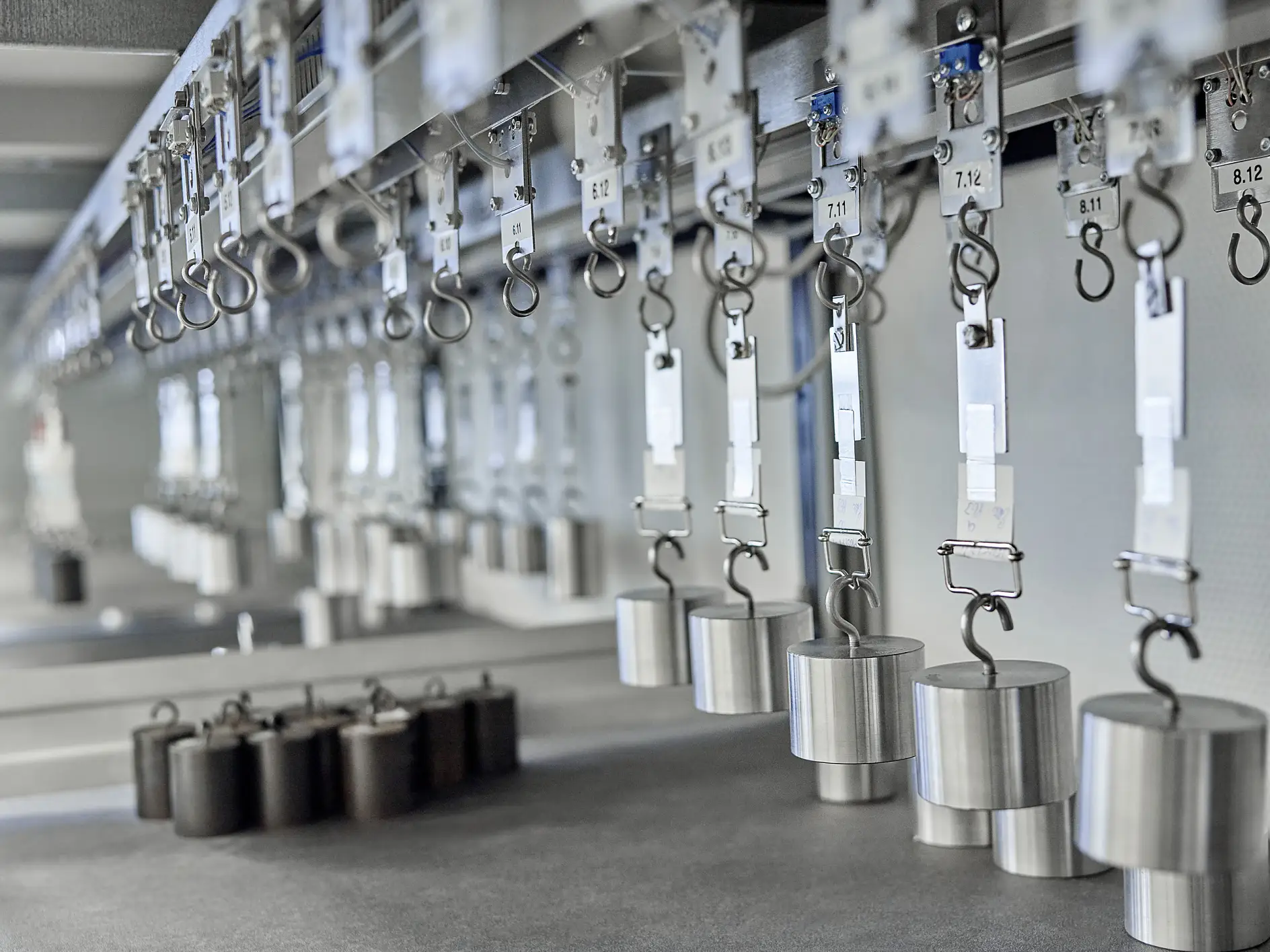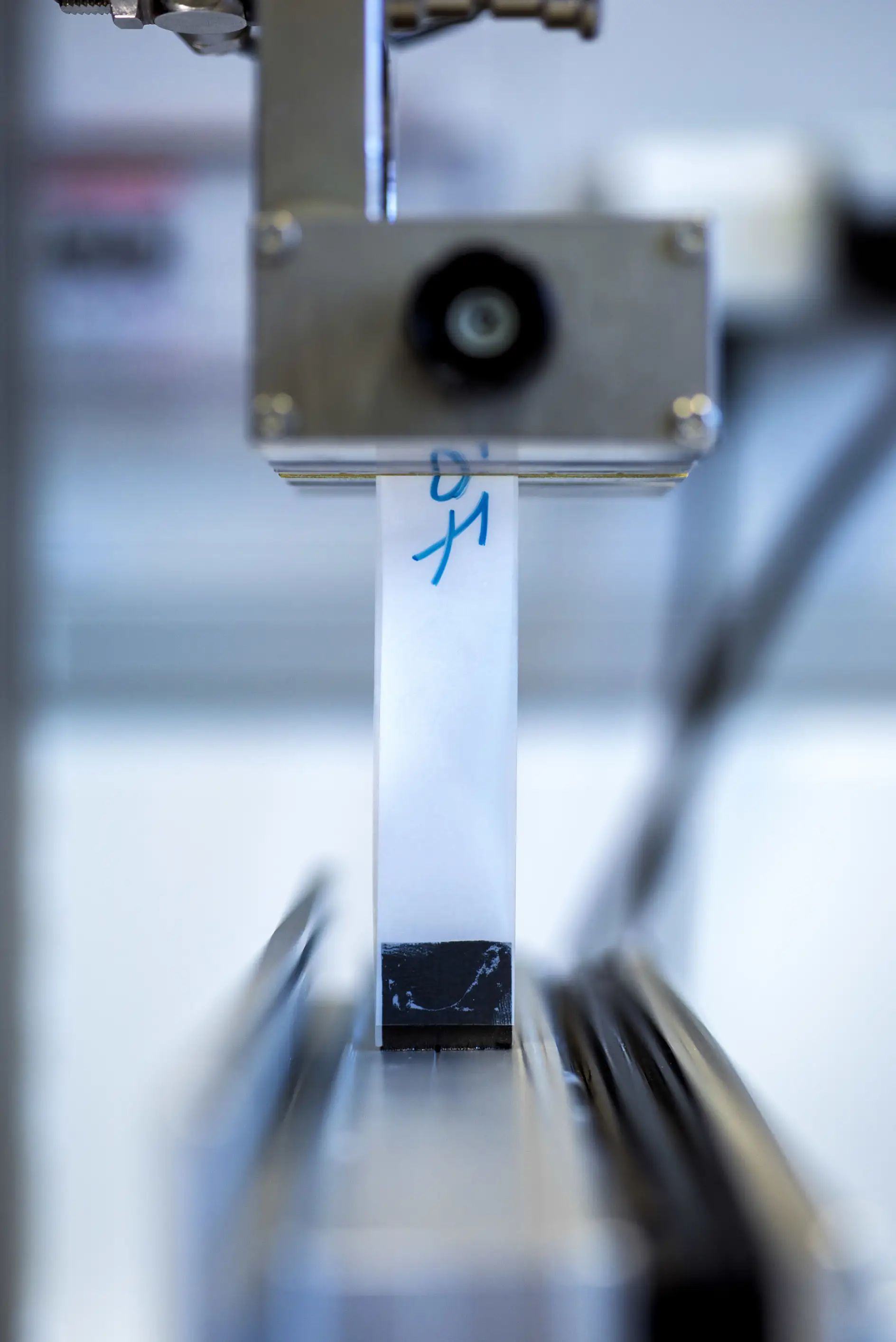The last comes first: Peel adhesion. It is related to the bonding strength of an adhesive to a mating substrate. Some of the very first applications for pressure-sensitive adhesives, such as bandages, labels, and masking tapes for painting, were evaluated on performance based on how easy or how difficult it was to remove them from the applied surfaces. These early applications set the stage for peel resistance tests that have evolved and become industry standard tests for measuring ease or resistance of adhesive tape removal when a separation takes place between a PSA and a mating substrate.

What's the Deal with Peel (Peel Adhesion, that is)?
Technologies
Talking about pressure sensitive adhesive tapes it is not all about adhesion, cohesion and tack. You need to know more to find the perfect tape for your specific purpose. To be precise, there are three more things: tensile strength, shear resistance, and peel adhesion.
Why is Peel Adhesion Important?
There are three main factors to consider when attempting to fully understand adhesion power: tensile strength, shear resistance, and peel adhesion. Peel adhesion is defined as the force needed to “peel” an adhesive tape from any given surface, whether flexible, smooth, or rigid. This “peel” force is always and only measured across the width of the taped substrate, making it the more difficult separating force to resist. It is important to understand the peel adhesion factor, as it can serve as a guide for choosing the right tape for the application.
Peel adhesion is a very important consideration for both kinds of adhesive applications, temporary and permanent. For a temporary application, the peel adhesion needs to maintain an optimal balance between maintaining proper adhesion and allowing ease of removal. Most masking tapes are excellent examples of tapes that offer adequate peel adhesion during the application, and can also be removed cleanly from the substrate after usage. For temporary application, it is always important to be aware that the peel adhesion force builds up over time. Appropriate lab testing may be required to determine whether or not a specific tape is suited for the desired application.
For permanent bonding applications, maximizing resistance to peel force should be the target. In most cases, the tape products of choice are double-sided tapes. For permanent bonding applications, the following parameters can be evaluated by peel adhesion tests to determine which application conditions might adversely affect adhesion:
- Adhesion level to the component parts; for exampl: metal, plastic, fabric, or smooth verses rough surfaces.
- Application temperatures and environmental conditions; for example test at 80°C, test at room temperature after 168 hours humidity exposure.
- Strength development; for examples: test after one minute; test after 72 hours; test after 14 days.
In all cases, peel adhesion is one of three separating forces that aids in determining whether or not a tape will work in the specific application. Whether the application is temporary or permanent, optimal peel adhesion values can only be achieved if the substrates are clean, free of dust or grease, and have sufficient pressure or dwell time.
Examples of test methods for peel adhesion
Measurment of the forces needed to peel off the tape in the opposite direction (180°)
Measurment of the forces needed to peel off the tape in 90° direction
Measurement of the delamination peel forces
Measurment of the forces needed to peel off the tape with a static force in 90° direction
Static peel adhesion test 180° angle

What Does Shear Resistance Mean?
Shear resistance is the ability of an adhesive to resist creep or slippage. This might happen, when a force is effecting a tape parallel to its bonding surface. The property is measured by adhering a one-inch piece of tape to a stainless steel panel, then hanging a weight on one end of the tape. Shear is expressed in units of time prior to the tape slipping from the steel panel. Good shear properties are especially important for applications like splicing where the tape is used for holding two substrates together, with force being applied in opposite directions.
Example of Test Methods for Shear Resistance
Micro shear resistance test - Phase 2
Dynamic shear test
Micro shear resistance test - Phase 3
Micro shear resistance test - Phase 4
Static shear test
Shear resistant test at tesa R&D laboratories

And What About Tensile Strength And Elongation?
Tensile strength and elongation both refer to capabilities of the backing material. Tensile strength and elongation are is mainly important for single-sided tapes where the backing for the particular application has to withstand tensile stress. Carton sealing tapes or strapping/bundling applications – for example for securing goods and components during transportation - are most important. The tensile strength of tape is usually not important for double-sided tapes, as long as the bonding materials are not stretchable. Tensile strength is the force (or load) required to break a tape. This property is measured by taking a one-inch-wide piece of tape, grabbing it at both ends, and then pulling in opposite directions until the tape breaks. Tensile strength is measured in pounds per one inch of tape. The same method is used to measure elongation. That is the percentage in which a tape can be stretched just before breaking.